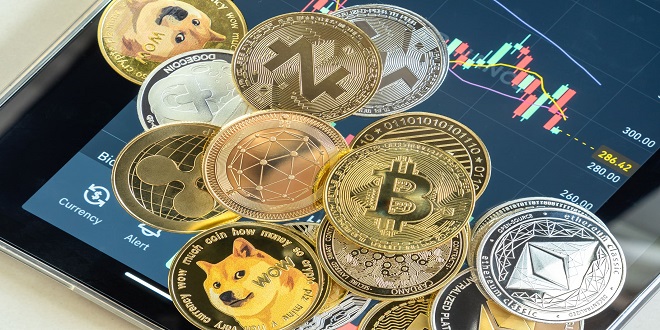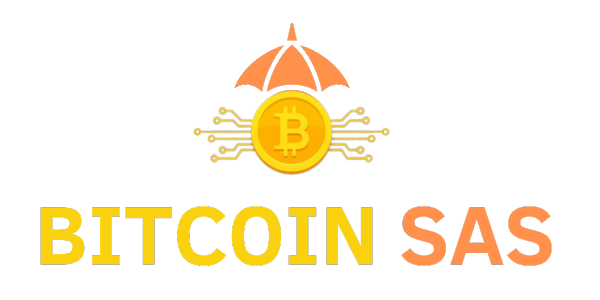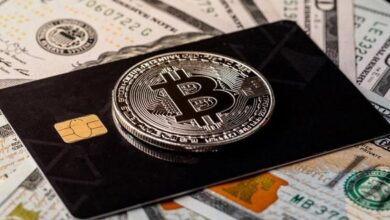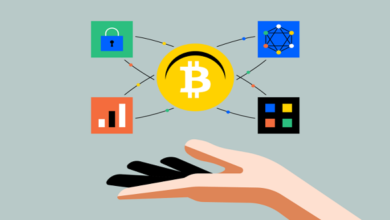Minting money out of thin air

In the Digi-Cash system, if you have a digital cash object that’s worth $100, what makes it actually worth $100? The answer is simple: to obtain an e-cash worth $100, you’d have to take $100 out of your bank account and give it to the bank that was issuing you the e-cash. But many different proposals described how to do this, and different companies did it differently.
One farfetched possibility: what if the government of a particular country actually authorized services to mint digital money, creating new cash out of thin air? That was the idea behind Net-Cash, although it never got beyond the proposal stage. A different system, used by e-Gold, was to put a pile of gold in a vault and to issue digital cash only up to the value of the gold. Another company called Dig gold wasn’t fully backed by gold but had partial reserves.
All these ideas ultimately peg the value of digital cash to the dollar or a commodity. If the dollar’s value goes up or down, the value of your digital money holdings will change along with it. A radically different possibility is to allow digital money to be its own currency, issued and valued independently of any other currency.
To create a free-floating digital currency that is likely to acquire real value, you need to have something that’s scarce by design. In fact, scarcity is also the reason gold or diamonds have been used as a backing for money. In the digital realm, one way to achieve scarcity is to design the system so that minting money requires solving a computational problem (or “puzzle”) that takes a while to crack.
The basic idea—that solutions to computational puzzles could be digital objects that have some value—is pretty old. It was first proposed by cryptographers Cynthia Dwork and Moni Naor as a potential solution to reduce email spam back in 1992. What if, every time you sent an email, your computer would have to solve one of these puzzles that would take a few seconds to solve? To enforce this requirement, the recipient’s email program would simply ignore your email if you didn’t attach the solution to the computational puzzle. For the average user, it wouldn’t be that much of a barrier to sending emails, because you’re not sending emails very frequently. But if you’re a spammer, you’re trying to send out thousands or millions of emails all at once, and solving those computational puzzles could become prohibitive. A similar idea was later discovered independently by Adam Back in 1997 in a proposal called Hashcash.
These computational puzzles need to have some specific properties to be a useful spam deterrent. First, it should be impossible for a spammer to solve one puzzle and attach the solution to every email he sends. To ensure this, the puzzle should be specific to the email: it should depend on the sender and receiver, the contents of the email, and the approximate time at which it’s sent. Second, the receiver should be able to easily check the puzzle solution without having to repeat the process of solving the puzzle. Third, each puzzle should be totally independent of the others, in the sense that solving one puzzle does not decrease the amount of time it takes to solve any other puzzle. Finally, since hardware improves with time and solving any given computational puzzle gets faster and cheaper, recipients should be able to adjust the difficulty of the puzzle solutions that they will accept.
Last word
As with any good idea in cryptography, there are many variants of computational puzzles that aim to achieve slightly different properties. One proposal comes from Ron Rivest and Adi Shamir, the “R” and the “S” in the RSA cryptosystem. Observe that in Hashcash, your cost to solve a number of puzzles is simply the sum of the individual costs, by design. But this is different from the cost structure for a government to mint money. If you think about how anti-counterfeiting technology works for a paper currency, there’s a huge initial cost to acquire all the equipment, create the security features, and so on.





